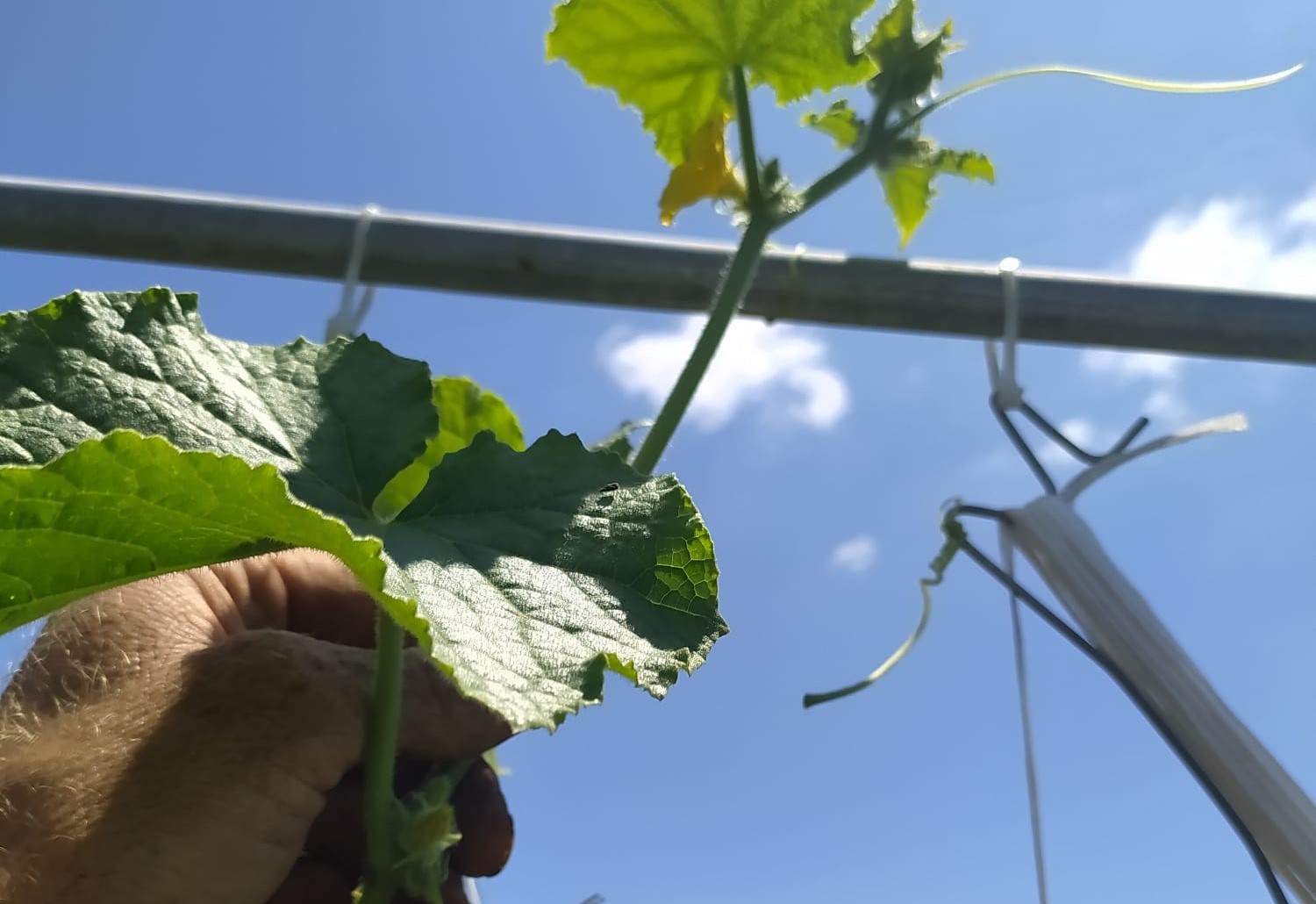The Search Party team uses 3/3rds Groups for discipleship of both those who believe in Jesus (Green Light), as well as those who are still trying to understand who Jesus is (Yellow Light).
Ecco il video in Italiano:
Here are documents that you can use to lead Green Light discipleship lessons:
You can also use these for Yellow Light lessons:
Welcome back to the disciple-making training sessions. In the last session, we determined that, after sharing our Testimony or the Three Circles with someone on our Generation Map, we would then determine whether the person is a Red light, a Yellow light, or a Green light.
Moving ahead in this session, we will discuss the next step for people that you consider to be either a Yellow light or a Green light.
Remember, the person who is a Yellow Light is someone who has heard your Testimony or seen the Three Circles and are interested to learn more about Jesus, but they aren’t yet sure that what you are saying is true. In that case, you want to start a process called a 3/3rds Group to allow the person to understand for themselves the story that God has been telling us through his Word. To facilitate this, you can use a series of Biblical stories that will help this person understand how God has had mercy on his people through Jesus.
On the other hand, the person who is a Green light is someone who has said that they are already a believing Christian or who has accepted the message of Jesus that you have shared with them through your Testimony or the Three Circles. In that case, you would lead the group in the same way, but you would learn to follow Jesus by reading what he told us to do and obeying his commandments.
To get started, as the person initially leading the group, there are a few important rules that you must remember as you begin to meet. Here are those rules:
First, a 3/3rds Group is meant to facilitate the other person learning, not to provide you an opportunity to teach. Therefore, Rule #1 is Don’t Teach. Instead, you need to think of yourself as a facilitator, a person who asks questions, but not the person who gives all of the answers. Because you are the facilitator, you need to remember to be positive and encouraging, remembering that this person is just now learning about Jesus, probably for the first time.
The second rule is that you must keep things simple. Whether you realize it or not, based on how you lead the group, you are not only teaching them the truths from the scriptures, but you are also already teaching them to teach others, which is exactly our goal: Disciples making disciples. So you want to ask simple questions, focusing on the story for this meeting, without jumping around to other passages in the Bible. Keep it simple and stay focused, and then in the future, they will have a way that they can easily lead a group themselves!
And third, obeying the lesson and sharing the story with others is just as important as the Biblical doctrine that you will learn, if not more so! Our goal is to make disciples, and we know that we have done that if our new disciples will obey the scriptures and share them with others, not necessarily if they can demonstrate that they have understood each of the smallest doctrinal details.
So, how can we lead a new group?
Again, we want to keep it simple, so we suggest that you just ask your friend if he or she has a couple of friends that would like to meet with us, and then set a time to meet.
As you do that, you should lead the meeting by asking questions in three sections:
The first part is Looking Back. Here, you can discuss the time since your last meeting:
- Is there anything that you thank God for in this time?
- How did you obey the lesson from our last meeting?
- With whom did you share the story from our last meeting?
The second part is Looking Up. In this part, you are discussing the scripture story for this meeting:
First, read the scripture out loud, or possibly play it in an audio form if you find it will help your group.
Next, have someone retell the story in their own words. Ask the rest of the group if there are any details that they left out of the story.
Then you can ask two simple questions. The first question is, “What do you learn about God from this story?”
And the second question is, “What do you learn about people from this story?”
The third and final part of the meeting is called, “Looking Forward”. This is the most challenging, but also the most important part of your meeting, so make sure you do not skip it! In this part, you need to ask two simple questions:
First, ask: “What lesson can you take from this story to put into practice in your life?”
And second, “Who will you share the story with this week?”
As you are going through the questions in your meeting, there are a couple of important things to keep in mind:
First, make sure that you are encouraging them to speak. Some cultures are very deferential to a leader, so the people you are meeting with may need extra encouragement to respond. Sometimes, directing a question to a person directly and individually can be helpful to encourage responses and discussion.
And second, it is natural that people bring their background into this study. You will likely hear responses to some questions that are incorrect or that are related to something they had heard at another time. In those cases, continue to be encouraging. Don’t tell them that they are wrong or berate them, but simply point them back to the scripture and ask where they find that in the story that you are reading.
So that is how you can lead a 3/3rds Group. Just remember that you are leading people through a process of discovery and understanding of the scriptures for themselves, and your role is to help them by asking questions to guide them through that process. God bless you as you start this process with your friends. You may be helping them truly discover for the first time the story that God has been telling us through his Word!








